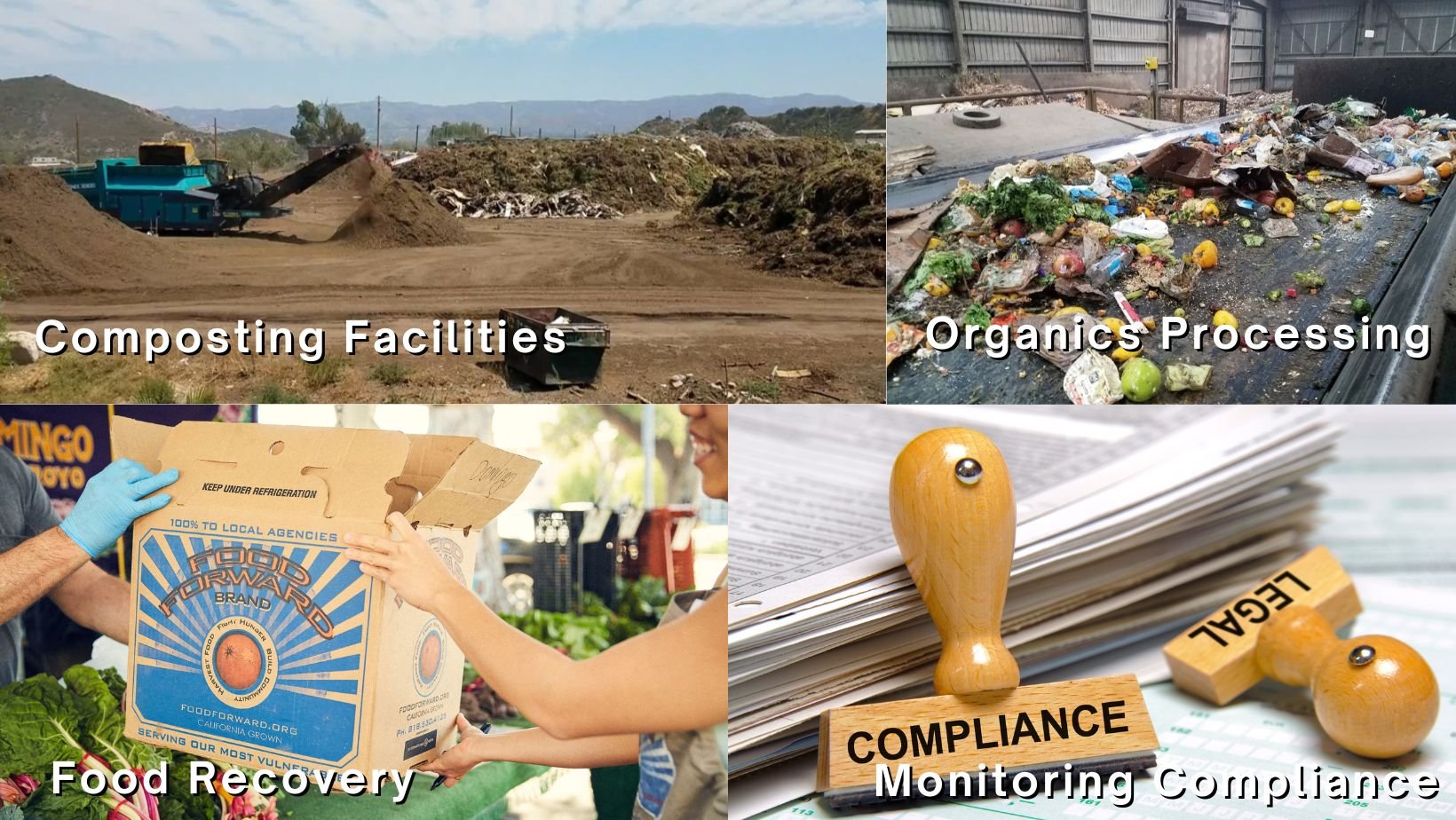
Solid Waste
Solid waste emissions come from three sources – the transport of waste from pickup to disposal location, the equipment that is used to operate the landfill, and the methane from the breakdown of organic material in the landfill. This last component is by far the largest. In order to address solid waste emissions we need to reduce the volume of waste overall, and reduce the amount of organic waste in particular, going into the landfill.
For a short video presentation on solid waste and recycling, please click on the video below.
Waste Characterization Studies carried out by the State found that 44% of the waste stream is organic matter. This includes landscape waste, wood, paper, and food waste. The City’s percentage is likely significantly lower since paper is separated out for recycling, and wood, landscape and food waste are collected in our green organics waste bins. Even though the Simi Valley landfill has a methane capture system, some of the methane still escapes.
Components of SB 1383 regulations
Organics Recycling
Under California law SB 1383, all businesses and residents must subscribe to organics waste service. Organic waste is food waste, landscape and pruning waste, nonhazardous wood waste, and food-soiled paper that is mixed in with food waste. The State’s goal is to reduce the landfilling of organic waste (from 2014 level) by 75% by 2025. Residential and commercial organics collection is provided by the City’s franchise waste hauler, Athens Services.
Food Recovery
Under California law SB 1383, all cities are required to implement an edible food waste recovery program in which food generators such as supermarkets, grocery stores, food service providers, food distributors, restaurants, and food vendors divert their unused or unsold food to feed hungry people. The City’s local food recovery organizations have a robust program in place with many food distributors, and are working with City staff to expand their programs and to include new generators, such as restaurants and food venues.
Recycling Guidelines
The guide shown here will help residents and businesses identify the best plastics to use so that they can be recycled and reduce our landfilled waste.




